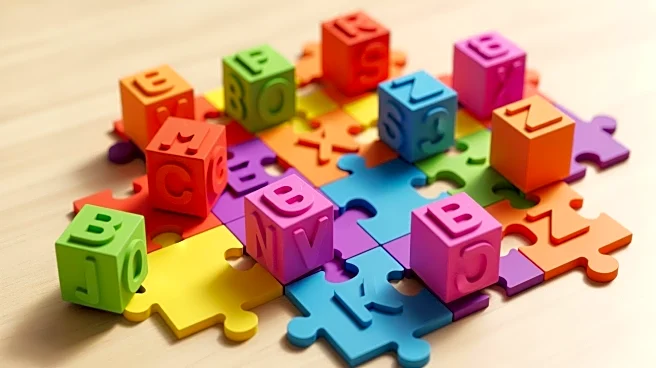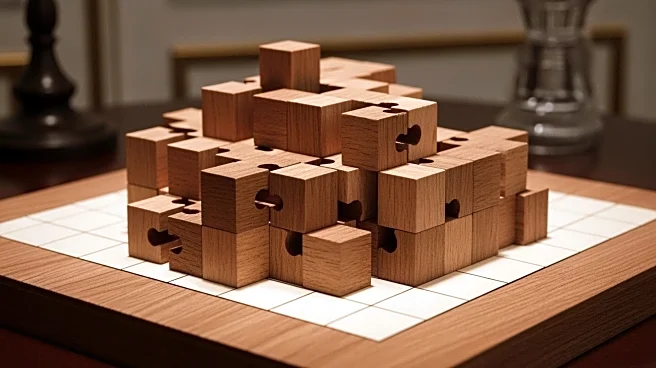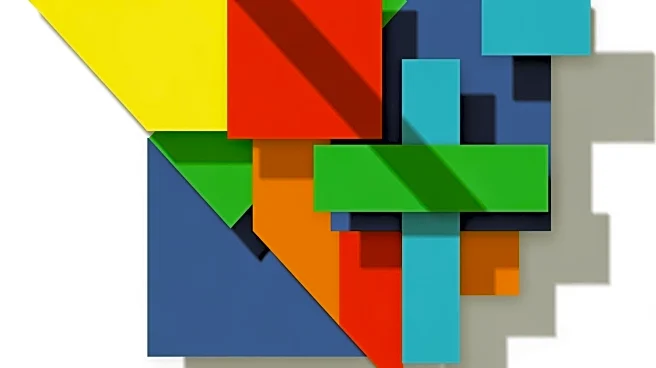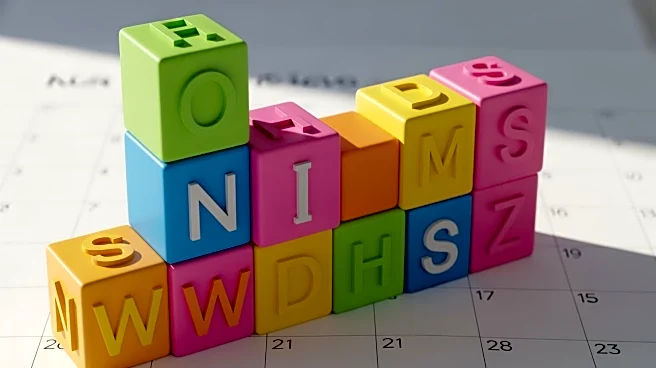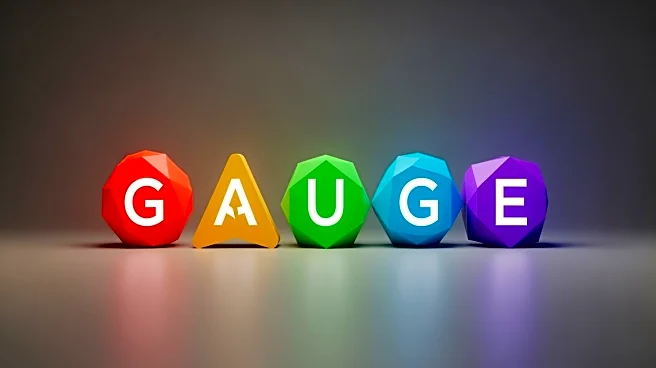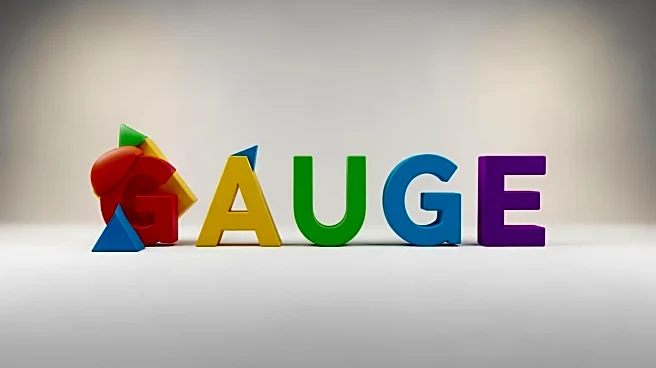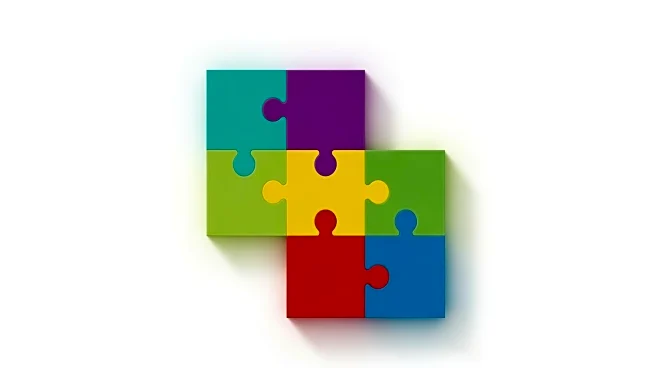What's Happening?
The popular online word puzzle game, Wordle, has released its solution for October 26, 2025. The answer to today's puzzle is 'PLUMP'. Wordle, created by Josh Wardle, has become a global phenomenon since its public release in 2021. The game challenges
players to guess a five-letter word within six attempts, providing feedback on the accuracy of their guesses. Today's puzzle included a single vowel and required players to identify four unique letters, starting with the letter 'P'. The game continues to attract a dedicated daily audience and has been integrated into the New York Times' suite of daily games.
Why It's Important?
Wordle's continued popularity highlights the enduring appeal of simple yet challenging games in the digital age. Its integration into the New York Times' offerings underscores the game's success and its ability to engage a broad audience. The game's format encourages daily engagement, fostering a sense of community among players who share strategies and solutions. This daily ritual not only entertains but also stimulates cognitive skills such as vocabulary and problem-solving. The game's success has also inspired numerous imitators and variations, further cementing its impact on the gaming landscape.
What's Next?
As Wordle maintains its popularity, it is likely to continue evolving with new features and challenges to keep players engaged. The New York Times may explore additional ways to integrate Wordle into its digital offerings, potentially expanding its reach and influence. The game's success could also inspire further innovation in the casual gaming sector, encouraging developers to create similar engaging and accessible games. Additionally, the community aspect of Wordle may lead to more collaborative or competitive features, enhancing the social experience of the game.
Beyond the Headlines
Wordle's success raises interesting questions about the future of digital media and entertainment. Its simple design and widespread appeal demonstrate the potential for games to transcend traditional media boundaries, becoming cultural touchstones. The game's integration into a major publication like the New York Times also highlights the evolving relationship between media companies and digital content, as they seek to attract and retain audiences in an increasingly competitive landscape.


